An effort to increase the local turtle population has seen some hopeful progress, as seven baby snapping turtles were released into Cootes Paradise on Thursday.

The hatchlings were among hundreds rescued from an active construction site near McMaster University this summer and incubated at the Royal Botanical Gardens (RBG) until they hatched just a few days ago.
Sarah Richer, species-at-risk biologist with the RBG, said it’s been a group effort in partnership with the Hamilton Conservation Authority, Dundas Turtle Watch, and the City of Hamilton — as well as the contractors at the site, who Richer said were enthusiastic about protecting the turtles found in the midst of construction and heavy machinery.
“We were able to, I believe, collect at least five nests and rescue six individuals,” said Richer. “If all of those had been killed, that’s not a loss that this area can sustain anymore. We’re getting down to numbers that aren’t necessarily self-sustaining, so every individual counts at this point.”
While Cootes Paradise was home to about 600 snapping turtles in the 1980s, Richer said that number has dwindled to under 200, and possibly as low as 100.
To make matters worse, only one out of every 1,400 to 1,800 snapping turtles will reach an age at which they can breed.
Richer said that’s because they face almost insurmountable odds, due in part to threats like urban predators — raccoons, possums, and skunks among those — a loss of natural habitat, invasive species and pathogens, water contamination, and a bevy of human factors.
“You have poachers that are interested in both the eggs, hatchlings and adults in the illicit food and pet trade. You have people that are actively persecuting them because they’re not fluffy and white, with great big saucer-like eyes and a beautiful song.”
“You also have them being persecuted on the roads. Turns out a study here in Ontario found that up to two per cent of drivers were deliberately hitting them.”
Snapping turtles also take a long time to reach sexual maturity. It can take as long as 20 years before a snapper is capable of reproducing.

Get breaking National news
“So at every turn, throughout their life, they are facing odds that are against them,” said Richer. “And it’s heartbreaking.”
That means that the key to their survival is ensuring the ones that do make it are kept safe.
Part of that effort is educating the public, which happens during events like Thursday’s hatchling release.
“So of course, as adorable as these babies are, ultimately we need to keep the breeding adults safe from getting hit on the roads and we need to provide for them safe habitat,” said Richer.
In 2015, the RBG launched a broad scale multi-faceted approach to increase the local turtle population, which has involved improving local water quality and installing fence barriers along Cootes Drive that guides small wildlife — including turtles — to water underpasses running under the roadway.
The RBG said there have been no recorded turtle deaths within that barrier section in recent years, partially due to the diligent work of volunteers with Dundas Turtle Watch.
The seven tiny snapping turtle hatchlings that were released into Cootes Paradise on Thursday all made it safely into the water, burying themselves in the mud after some initial reluctance to move away from the crowd of conservationists and reporters gathered to observe their release.
Richer said it’s an excellent development, but it’s only the beginning of a long road to recovery for Hamilton’s turtle population.
“What happened to the turtles isn’t something that happened overnight and it’s not something that is going to be fixed overnight either.”






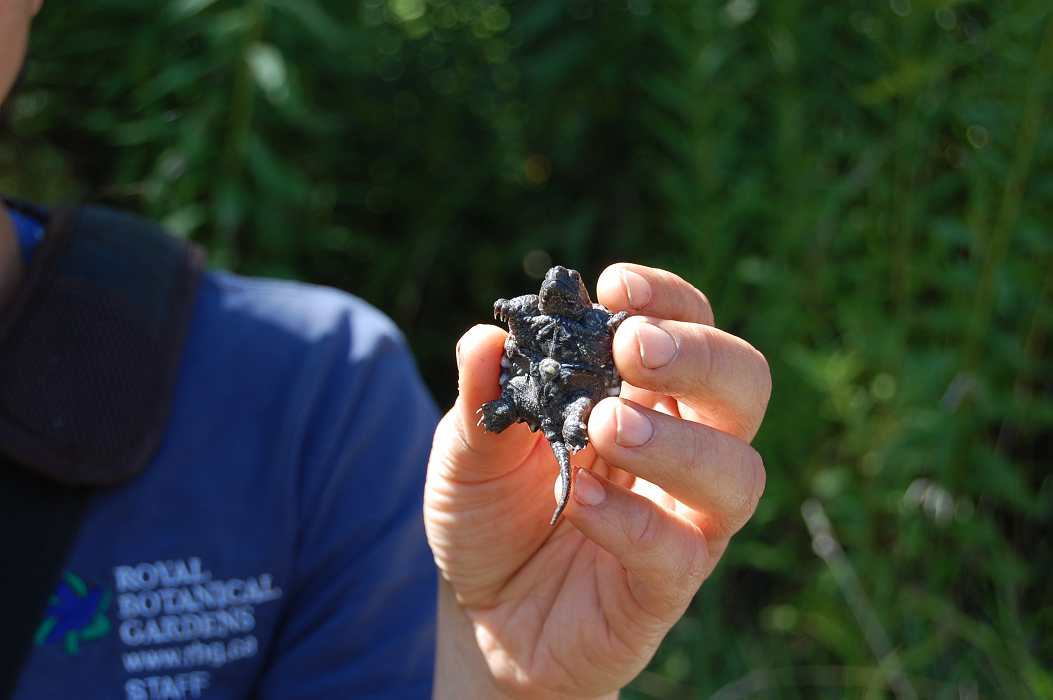

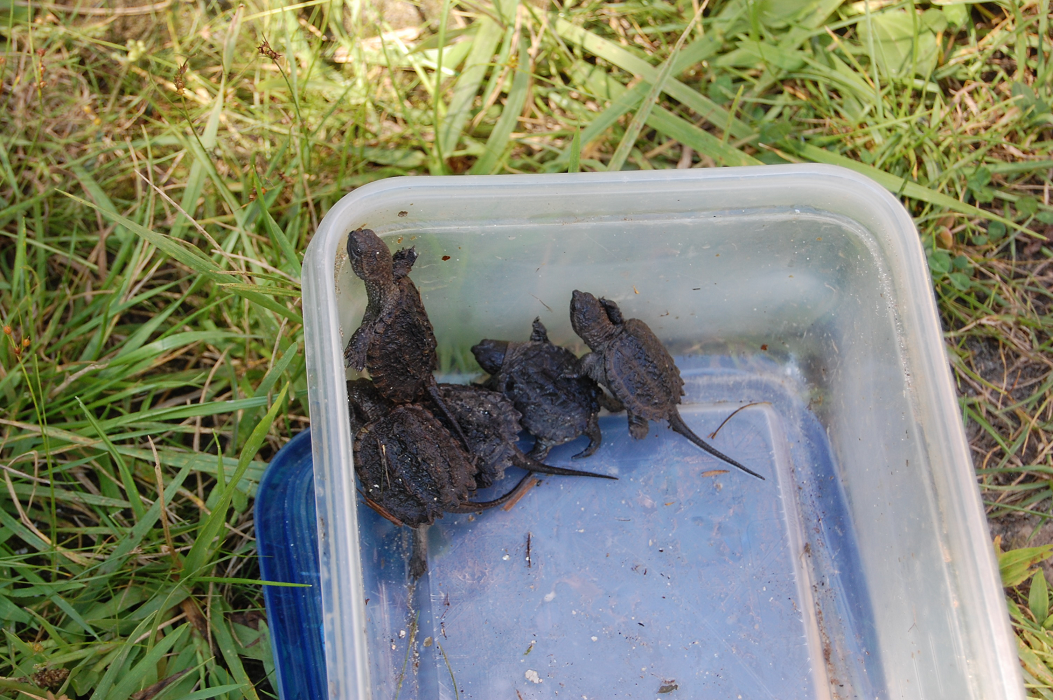
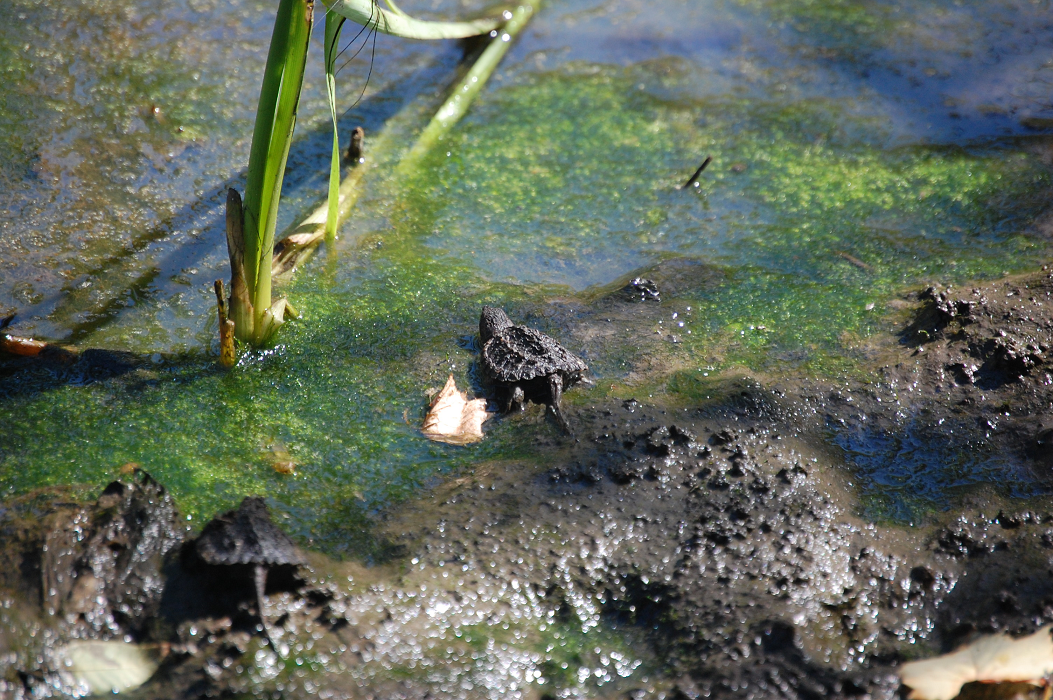
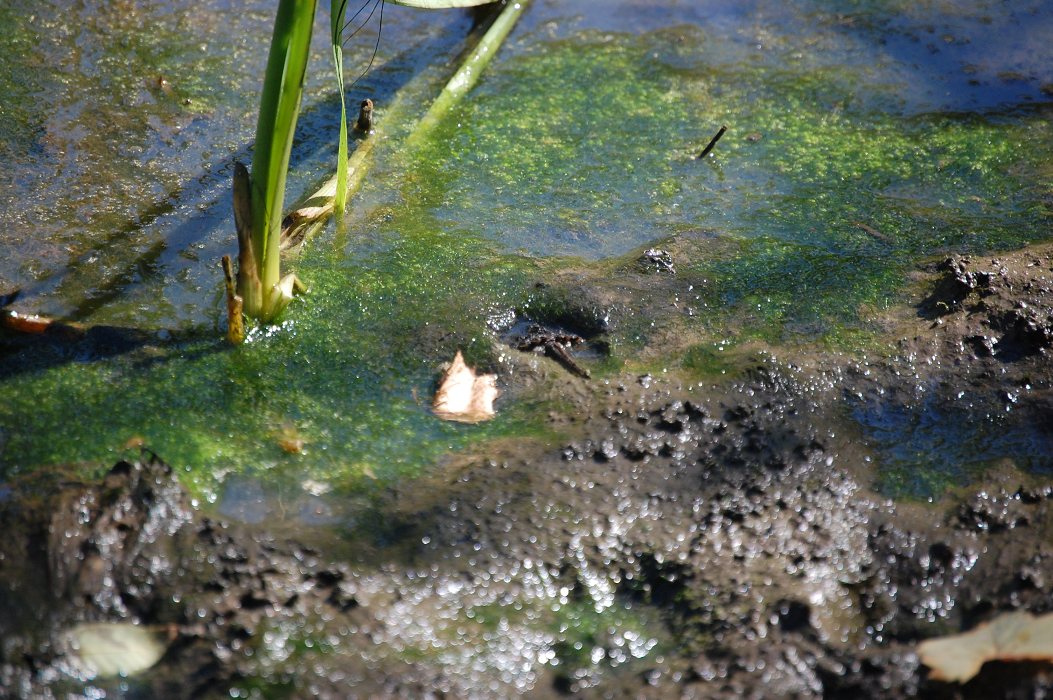
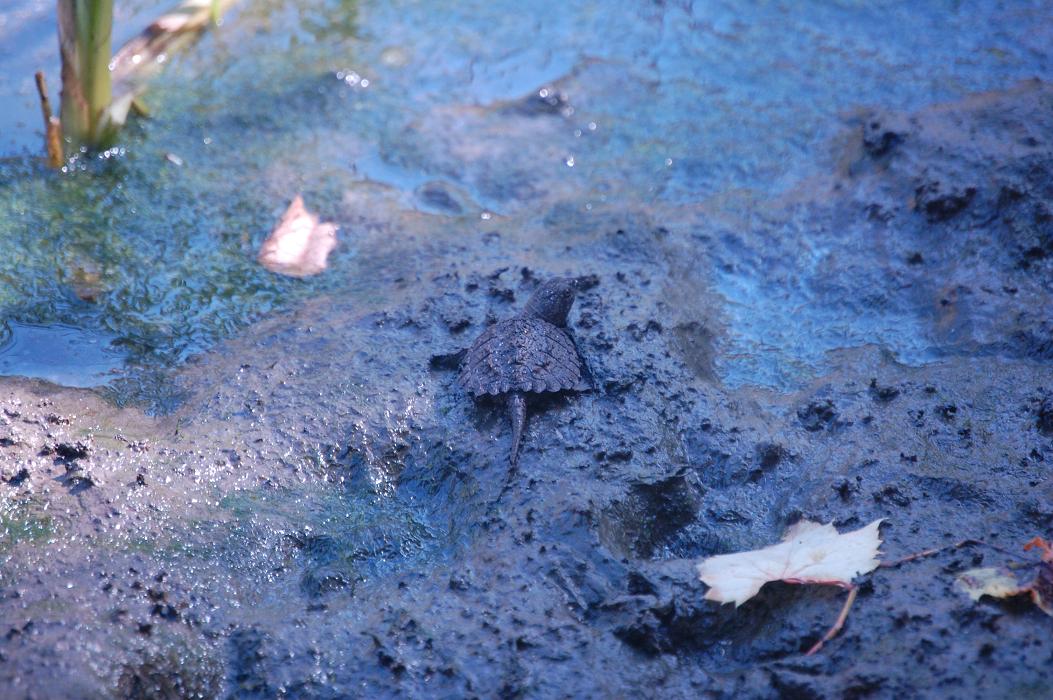
Comments